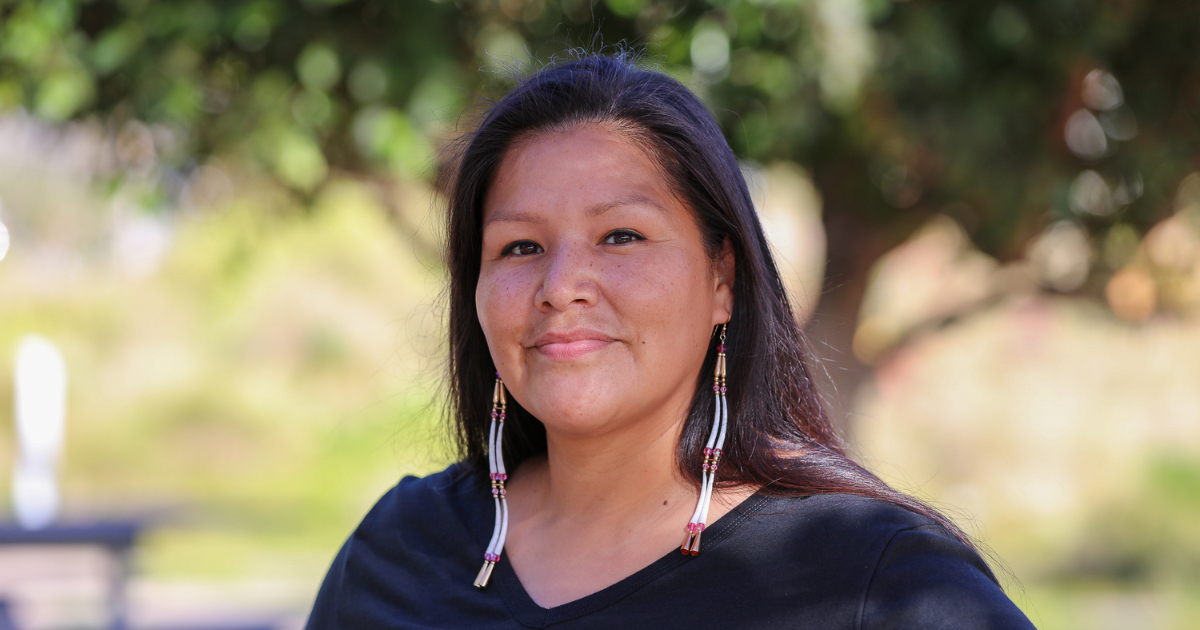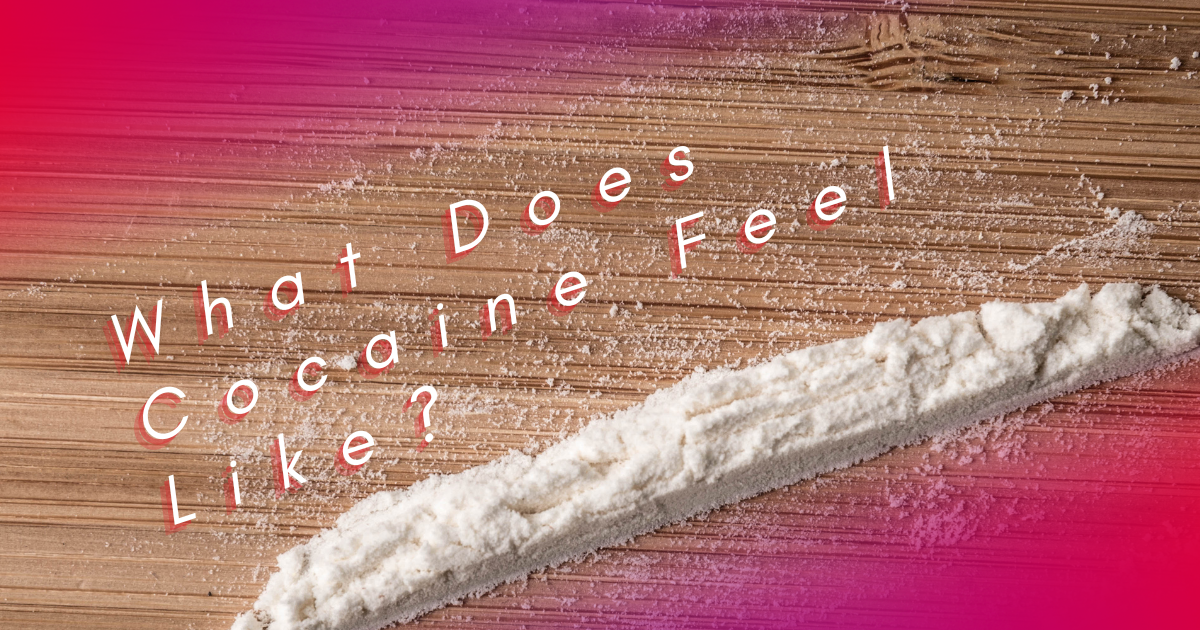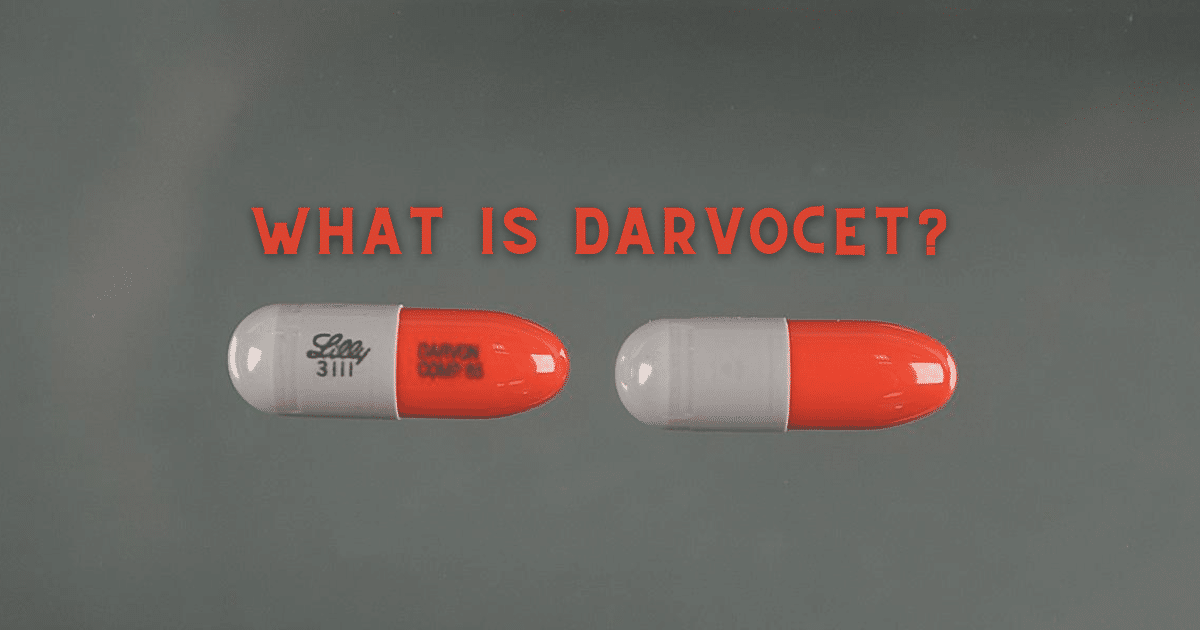Updated: August 14, 2023, at 1:04 p.m.
Substance abuse among Native American tribes in the United States presents a serious problem. Various factors have contributed to higher-than-average levels of drug addiction and alcoholism, including:
- Social isolation
- Poverty
- Lack of adequate healthcare resources
According to studies from the National Institute on Drug Abuse (NIDA), Native American youth living on or near reservations report substantially higher use of the following substances:
- Alcohol
- Marijuana
- Cigarettes
- Other illicit drugs
Native American Substance Abuse Statistics
National survey results indicate that substance abuse rates are consistently higher among American Indians and Alaska Natives ( AI/AN) than other racial groups in the U.S.
Illicit Drugs
According to the 2021 National Survey on Drug Use and Health (NSDUH), 36.1.% of American Indians or Alaska Natives were past-year users of illicit drugs, compared with 24.3% of African Americans, 22.5% of whites, and 19.4% of Hispanics.
Tobacco use
In 2021, the rate of past-month tobacco use among American Indians and Alaska Natives was 36.1%, the highest among any racial demographic.
Here are more troubling statistics about addiction issues among the AI/AN populations:
- According to the Treatment Episode Data Set (TEDS) Report, around 3.4% of Americans admitted for substance abuse treatment are Native Americans, despite comprising only 1% of the population.
- According to the National Institute on Alcohol Abuse and Alcoholism, Native Americans have a rate of liver disease up to four times higher than the general population.
- The rate of tobacco use among American Indians and Alaska Natives is 36.1%, more than 10% higher than any racial demographic within the United States.
- Data from nationwide surveys of adults show that binge drinking and heavy drinking are most prevalent among American Indians and Alaska Natives.
One troubling study published in 2014 showed that rates of substance abuse could increase even more among the younger generations of American Indians. This study looked at usage patterns among students living on or near reservations and found that alcohol and marijuana use among American Indian youth was significantly higher than other racial groups, especially among 8th-grade students, with abuse of prescription opioid painkillers like OxyContin rising every year. This substance abuse behavior in students could lead to higher dropout rates, poorer academic performance, violent crime, and suicidal behavior.
Why Do Native American Tribes Face These Challenges?
Experts agree that the issue of addiction within Native American communities stems from several cultural, historical, and even genetic factors. Here is what we know and what we theorize is responsible for the disparity in addiction between Native Americans and other minority populations within the U.S.
Cultural/Historical
Historical records show that indigenous tribes of North America have practiced mind-altering, spiritual rituals for centuries before and during European colonization. In the past, tribes utilized various mind-altering, psychoactive substances to help achieve altered conscious states, along with non-medicinal approaches such as fasting and sleep deprivation. Psychotropic substances such as peyote and tobacco were the most common.
Before European colonization, tribes did not consume fermented beverages in a large capacity. While alcoholic beverages existed, they did not have as high alcohol content as the kinds of drinks Europeans would bring over. The rate of alcohol consumption in this population during this period is largely unknown, but we do know that Europeans drank far more and far more regularly.
Historical researchers believe that the influence of European alcohol and attitudes on native populations may have contributed initially to drinking problems within the native community. The introduction of such strong intoxicants on a population that was not genetically predisposed to handle them likely caught many Native Americans off guard. We also know that alcohol was commonly used in trades and informal bonding rituals.
Financial Inequity
Financial inequity is another overarching factor contributing to substance abuse rates within the native population. 15% of American Indians and Alaska Natives live below the poverty line. Additionally, the loss of culture as evidenced by diminishing tribal lands, shrinking population, and assimilation into American culture, has produced hardships for many Native Americans.
Natives may turn to anxiety drinking or substance abuse as a means of self-medicating to treat underlying pain caused by cultural alienation and poor economic conditions. Substance abuse is likely only to exacerbate the sense of alienation that this population may feel within their own communities and with the broader American culture.
According to one survey completed in 1998 regarding alcohol use, many of these individuals report a sense of ambivalence towards their drinking, seeing it more as a social mechanism. On the other hand, some also believe they are essentially prone to abusing alcohol or illicit substances due to genetics. Either way, individuals falling into these belief systems believe that they are doomed to drink because of their culture, leading to a self-fulfilling prophecy.
Incarceration Rates
Native American and Alaska Native populations have disproportionately higher rates of alcohol-related incarcerations compared to other racial groups. Data shows that 70-95% of Native American arrests are for alcohol-related crimes such as public intoxication, DUI, and underage drinking. Overall, this population is more likely to be involved with the criminal justice and court systems than it is to be involved with treatment. The self-perpetuating cycle of crime, addiction, and poverty plays into effect here, worsening the issue further.
Genetic Factors
According to one 2013 study on American Indians with substance use disorders, this population appears to be at increased risk for developing physical, mental, and social health problems and being more likely to have co-occurring disorders such as anxiety and depression. Environmental issues such as earlier age of onset use, exposure to trauma, and struggles with cultural assimilation are also possible factors when considering issues related to substance abuse.
Native Tribes Facing Challenges Through Government Shutdown
As the 2018-2019 government shutdown continues to persist, many federal agencies are struggling to provide paychecks and services to federal employees. Native American tribes across the U.S. are facing shortages of food supplies and a health care crisis. Federal funds for diabetes medicine and medication for opioid addiction have been cut off, leaving some communities high and dry. In addition, sources are reporting that hunters are poaching wild game in national parks where security is non-existent. Garbage is also piling up and trees have been illegally cut.
Kerry Hawk Lessard is executive director of Native American Lifelines, an organization which provides services to indigenous Americans across the U.S. According to Hawk, the organization has closed its doors since last Saturday. “We have thus far had to deny purchase of care requests that are critical to chronic care management — insulin, blood pressure medication, thyroid medication and antibiotics — thus impacting the quality of life for the individuals we serve.”
In past shutdowns, tribes have been able to converse with administration officials about alternatives to help ease the burden of the shutdown. However, the administration’s current shutdown has forced tribes into crisis mode when it comes to vital aid. In Michigan, over $7.5 million in federal funds due this quarter will not be given.
As a result of the shutdown, many of the organizations serving Native Americans will struggle to feed those who need it. Indian Tribal Organizations have begun furloughing warehouse employees and staff in order to stretch the scarce amount of resources they have. The Bureau of Indian Affairs has been tirelessly working to draft up solutions for this crisis.
Resources for Native Americans Struggling with Addiction
Centers for Disease Control and Prevention (CDC): American Indian & Alaska Native Populations: This is a collection of statistics and informational resources on the most pressing concerns and social challenges facing Native Americans within the United States. Data on mortality rates, chronic disease rates, substance abuse, and mental illness are all contained within this informational repository.
Indian Health Service: The Affordable Care Act: Access to health insurance is a difficulty faced by many Native Americans in need of care. Whether it be behavioral health or substance abuse related, finding quality treatment at an affordable rate can be problematic for this population. This website displays information on health insurance options available under the Affordable Care Act, such as Indian health and tribal programs, private insurance options, and Medicare/Medicaid.
Native American Aid (NAA): The mission of the Native American Aid organization is to improve the quality of life and self-sufficiency for Native Americans through a variety of programs, including social services, advocacy groups, and financial assistance programs aimed at strengthening Indian communities.
Native American Rights Fund (NARF): NARF is an organization that has been offering affordable legal services for Native Americans since 1971. On their website, users can find an extensive collection of resources concerning tribal law and Indian law.
Substance Abuse and Mental Health Services Administration (SAMHSA): American Indian and Alaska Native: Tribal Affairs: This federal agency offers a bevy of resources on mental health, substance abuse, and data on demographic breakdowns among American Indians and Alaska Natives.
White Bison: This is a grassroots nonprofit organization based in Colorado, offers resources on addiction prevention, sobriety, recovery, and wellness to American Indians and other interested individuals. Its website includes information about the program, listings of meetings, and daily meditations based on a Native American approach to spirituality.
A Pathway to Recovery for Native American Communities
Facing addiction is a battle no one should fight alone, especially when unique cultural and historical factors play a role. If you or a loved one is struggling with addiction and looking for comprehensive and compassionate care, Landmark Recovery of Oklahoma City is here. We recognize the distinct needs of the Native American community and are proud to serve American Indians with tribal insurance.
Our facility offers a whole gambit of treatment services under one roof, providing a complete healing journey from medical detox to residential treatment, all the way to aftercare programs like sober living and recovery coaching. Landmark Recovery’s approach is tailored to the individual, understanding the importance of cultural sensitivity and personalized care. We are committed to helping you or your loved one walk toward a better tomorrow, free from addiction’s grasp.
Don’t hesitate. Call our Patient Navigators on a confidential phone line anytime, day or night, at 405-896-8426. Whether in Oklahoma or the surrounding areas, we’re here for you, ready to take that first step together.
Related Reads

Choose Recovery Over Addiction
We're here 24/7 to help you get the care you need to live life on your terms, without drugs or alcohol. Talk to our recovery specialists today and learn about our integrated treatment programs.




